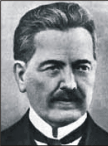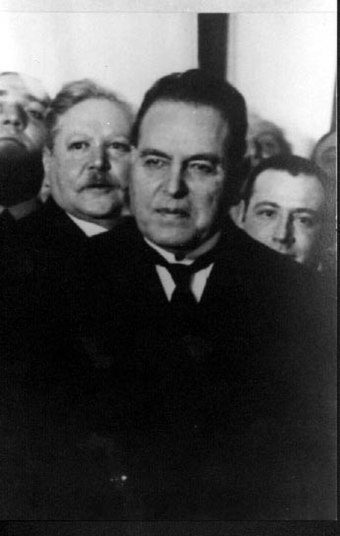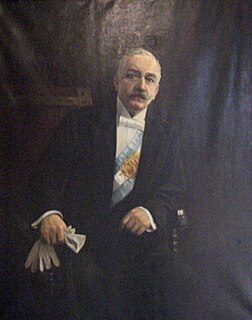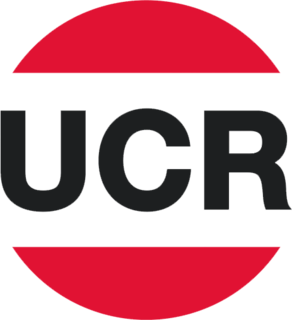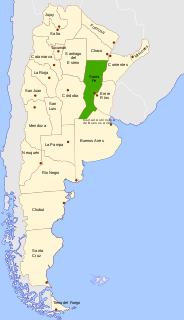
Agustín Pedro Justo Rolón was President of Argentina from February 20, 1932, to February 20, 1938. He was a military officer, diplomat, and politician, and was president during the Infamous Decade.

Tomás Braulio Platero IV was one of the founders of the centrist Radical Civic Union (UCR), Argentina's oldest existing political party, and among the most prominent Afro Argentine public figures of his time.

The Argentine presidential election of 1931 was held on 8 November. With a turnout of 73.4%, it produced the following official results:

The Argentine general election of 1928 was held on 1 April, with a turnout of 80.9%.

The Argentine general election of 1922 was held on 2 April. There was a turnout of 55.2%.

Nicolás Repetto was an Argentine physician and leader of the Socialist Party of Argentina.
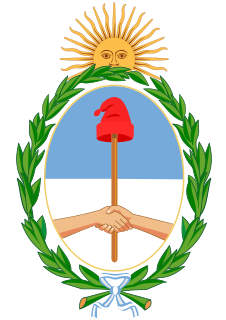
Argentina held nine presidential elections between 1862 and 1910, every six years.

Argentine legislative elections of 1912 were held on 7 April 1912 for the Argentine Chamber of Deputies. The first free, democratic elections in the nation's history, the contest had a turnout of 68.5% and produced the following official results:

The Argentine presidential election of 1937 was held on 5 September 1937.

The Argentine legislative elections of 1914 were held on 22 March. Voters chose their legislators, and with a turnout of 55.7%, it produced the following results:
The Argentine legislative elections of 1918 were held on 3 March. Voters chose their legislators and numerous governors, and with a turnout of 56.4%, it produced the following results:
The Argentine legislative elections of 1920 were held on 7 March. Voters chose their legislators and numerous governors, and with a turnout of 53.0%, it produced the following results:
The Argentine legislative elections of 1924 were held on 7 March. Voters chose their legislators and numerous governors, and with a turnout of 44.2%, it produced the following results:
The Argentine legislative elections of 1926 were held on 7 March. Voters chose their legislators and numerous governors, and with a turnout of 49.2%, it produced the following results:
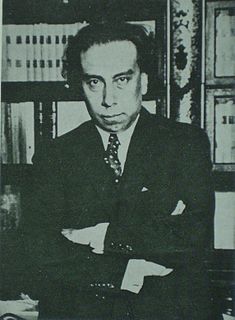
Mario Bravo was an Argentine politician and writer.
The Concordancia was a political alliance in Argentina. Three Presidents belonging to the Concordance were in power from 1931 to 1943, a period known in Argentina as the "Infamous Decade."

The Argentine Revolution of 1893, or the Radical Revolution of 1893, was a failed insurrection by members of the Radical Civic Union (UCR) against the government of Argentina, then controlled by the National Autonomist Party (PAN). It continued the goals of the Revolution of the Park of 1890, whose themes were further echoed in the Revolution of 1905.
The Argentine presidential election of 1910 was held on 13 March to choose the president of Argentina. Roque Sáenz Peña was elected president.
